Imagine a cute animal — a sloth, a puppy, or a kitten. Perhaps it has adorable ears, a sunny disposition, and a pouch. You might guess wallaby, and you’d be close. Let us tell you about quokkas – the other small marsupial that’s gained fame over the past several years.
We’ll introduce you to 11 fun facts about quokkas, the smallest marsupial on the planet that’s helped a western Australian island become a tourist destination!
1. Quokkas Have Gained Fame Due to Celebrity Selfies
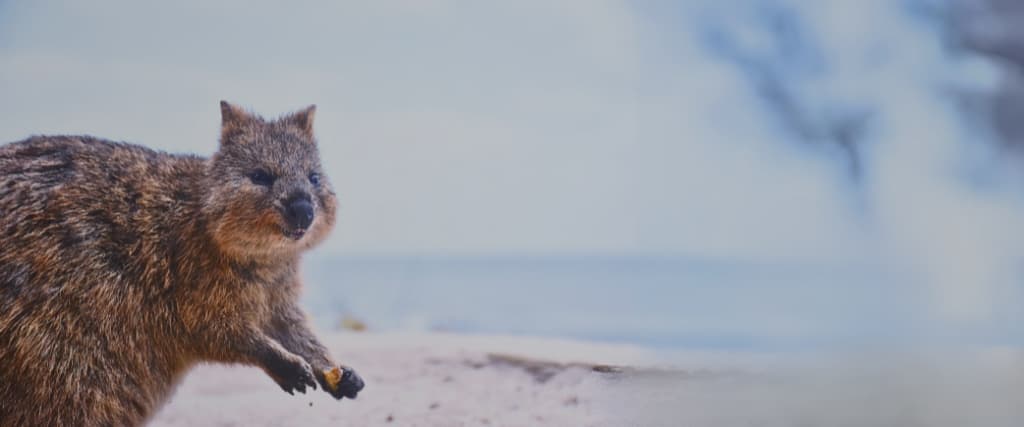
Quokkas have garnered attention in the past few years thanks to Marvel actor Chris Hemsworth and his series of selfies featuring the adorable marsupials. Tennis greats Roger Federer and Rafael Nadal got in on the fun, too. Celebrity interaction with the quokka has raised interest in the animal to the point where Rottnest Island, a small island west of Perth, is now a popular tourist spot.
2. “Quokka Selfies” Have Brought More Tourists to Their Home
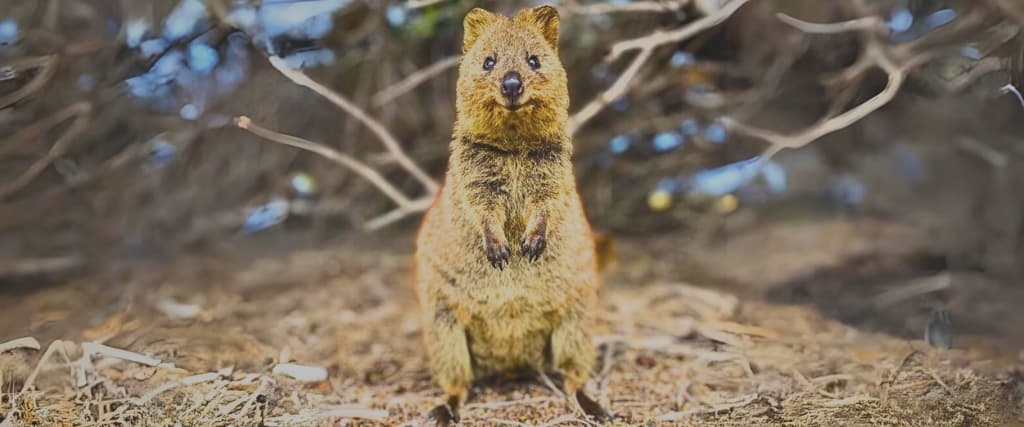
Following Chris Hemsworth’s selfies with the creatures, tourists from all over the world are flocking to the quokka’s home on Rottnest Island. “Quokka selfies” are so famous that quokkas are becoming comfortable enough to take cute pictures with humans. National Geographic is even calling the quokka a “favorite photo subject for tourists.” However, it’s recommended that tourists use selfie sticks to get the best photo with a quokka.
3. Quokkas Are Part of the Marsupial Family
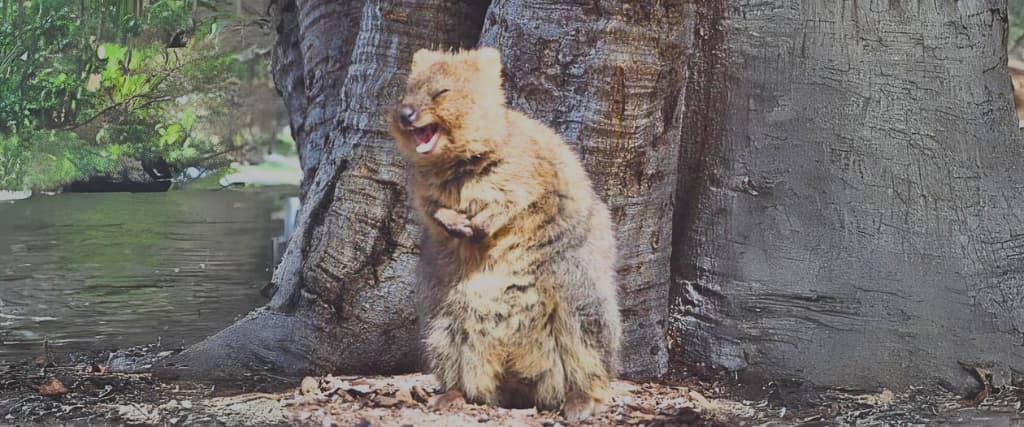
You’ve probably heard all about wallabies at this point in your life, but a quokka is just another type of adorable wallaby. Like their cousins, quokkas are herbivores that stand on their hind legs. However, a quokka doesn’t have ears that stand tall like a wallaby. When you see a quokka, you might think you’re looking at something like a gopher or even a giant rat!
4. Explorers Thought They Were Giant Rats

Speaking of giant rats, Dutch explorer Willem de Vlamingh landed on the home of the quokkas back in 1696 and noted the animal looked strikingly like giant rats! According to SeaLink, the giant rat comparison was so notable for Vlamingh that he called the island ‘t Eylandt ‘t Rottenest, or “Rats’ Nest Island”, after the quokka.
5. Quokkas Are Important Animals in European Exploration History
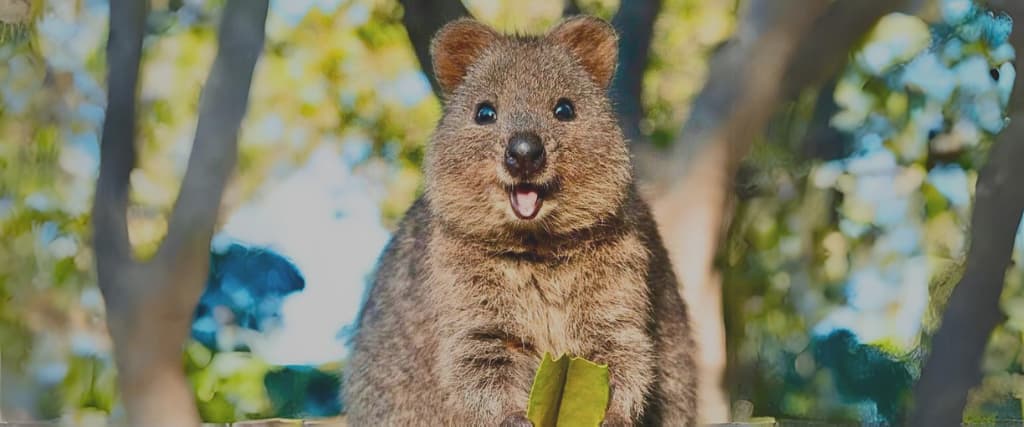
European explorers recorded thousands of animals over the decades. According to Rottnest Island’s website, the quokka has the honor of being the first animal recorded.
6. The Animals Are Listed as “Vulnerable” When It Comes to Conservationists
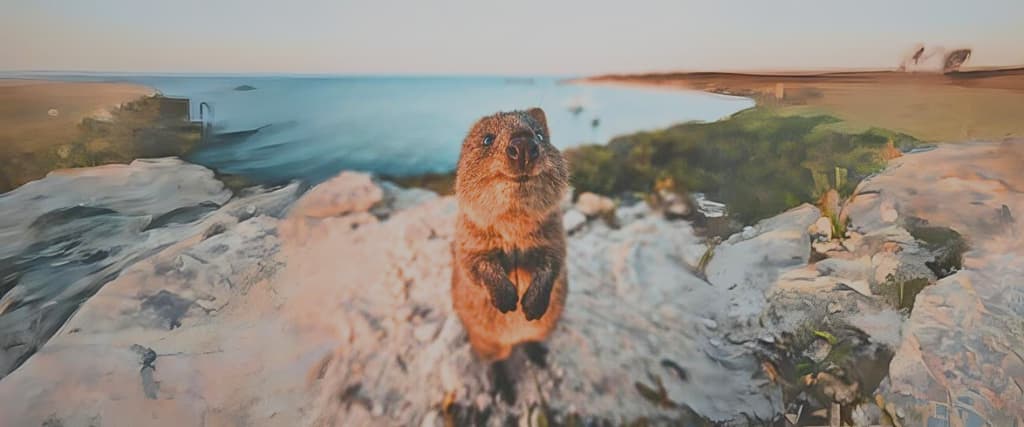
With quokkas only being common on one island west of Perth, Australia, The Nature Conservancy says the little animals are “vulnerable,” which is just one step above endangered. According to conservation experts, predators like cats and foxes are to blame for the decline in the quokka population, now estimated to be around 10,000.
7. Nicknamed the “Happiest Animal in the World”

Explorers compared the quokka to a giant rat, but a new nickname has sprung up in recent years thanks to those selfies we mentioned earlier. According to Traveller, the marsupial’s huge grin and overall cheerful demeanor have earned it the nickname the “Happiest Animal in the World.”
8. Viral Misinformation Led People To Believe Quokkas Throw Their Young At Predators

Many can be led to believe anything due to the viral nature of the Internet. Not even the quokka can be immune from misinformation! Years ago, a viral joke about quokkas throwing their young at predators turned into a myth that people believe to this day. World Atlas attempted to play myth-buster on this one but discovered that baby quokkas falling out of their mothers’ pouches is most likely the truth.
“The thing that is interesting here is that the part where they fall out of the pouch may be done on purpose by the mothers,” World Atlas says. “Research shows that this may be an actual anti-predator characteristic of quokkas. They normally have firm control over the muscles in their pouches, so their response to the threat of predators may be to release those muscles. The babies are left there to attract the predator’s attention, and the parents can safely escape. Mothers want to save themselves because they have proven that they are fertile, while the young might not be.”
9. Quokkas Are Night Owls

Like many of you, quokkas find themselves more active at night time. According to Trafalgar, quokkas spend their days sleeping and resting after a long night out seeking food. That means if you want a quokka selfie, your best time to meet the animals is in the early part of the evening or early in the morning.
10. They Can Be Bigger Than House Cats
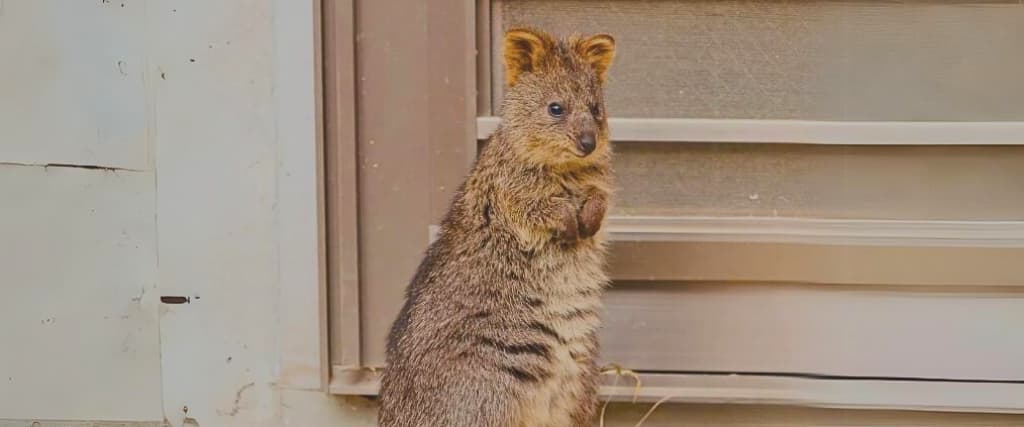
Quokkas are smaller marsupials compared to wallabies and even kangaroos. But the average quokka can weigh anywhere from 5.5 to 11 pounds fully grown, according to the San Diego Zoo. Plus, while standing on their hind legs, quokkas are only about 16 to 21 inches tall! Compare that to the average house cat at 9.5 inches tall, and the quokka might look like something that can be domesticated. Attempting to do so is not recommended.
11. Quokkas Can Live Up to 10 Years
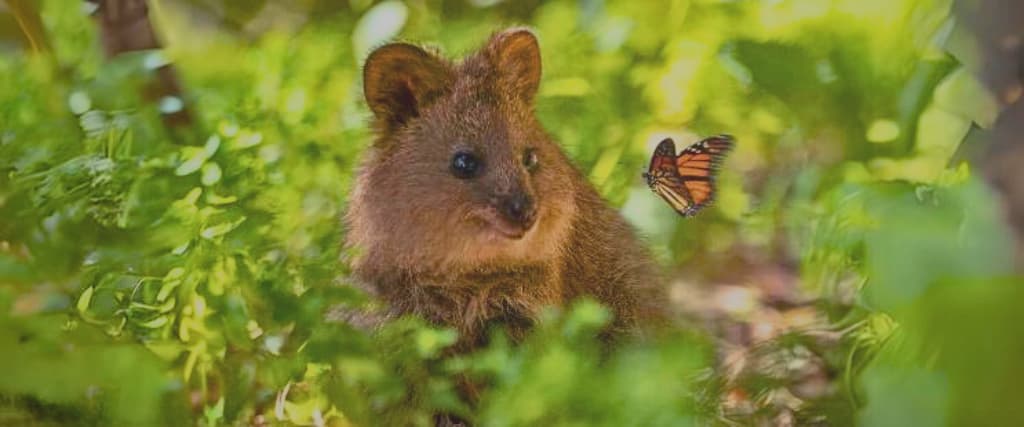
On average, quokkas have a lifespan of about ten years. During those ten years, many things can happen, though! The Australian Museum details the lifespan of a female quokka, saying the creatures can begin mating by 18 months of age. The female quokka can also produce up to two babies a year, with roughly 17 babies born over her lifespan. The baby quokka, known as a joey, usually stays in its mother’s pouch for six months before being weaned off her by eight months.
Thanks to Chris Hemsworth, Roger Federer, Rafael Nadal, and other photogenic tourists, quokkas have become the animal du jour for the western parts of Australia. It probably doesn’t hurt that the cute little marsupial’s toothy grins made the rest of the world fall in love with it! Still, you can’t go wrong with an animal that wants to take a picture as much as you do.
